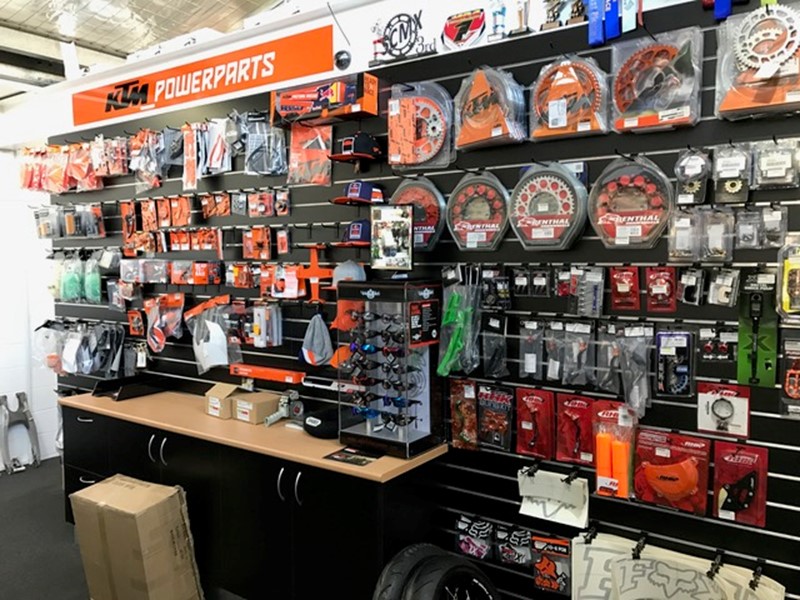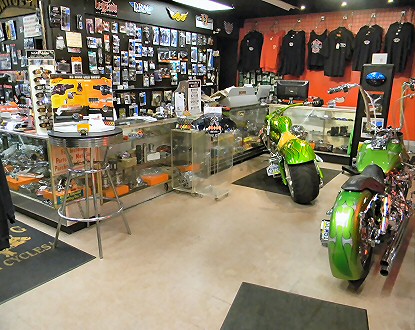Find Affordable Rates on Motocross Parts NZ for every single Bike
Grasping Motorcycle Gears: Exactly How to Enhance Your Riding Experience
In the world of motorcycling, grasping the art of equipment adjustment is vital for improving your riding efficiency. Properly using and comprehending bike equipments can substantially affect control, gas, and velocity efficiency, changing a typical experience right into a smooth, exhilarating journey.
Recognizing Gear Mechanics
Exactly how do the ins and outs of equipment auto mechanics influence bike efficiency? At the core of bike characteristics, gear technicians play a crucial duty in converting engine power into movement, ultimately determining rate and control. Gears, thoroughly crafted parts, allow bikers to optimize torque and rate, making sure a smooth transition with different surfaces and velocities. The equipment ratios, thoroughly developed, determine the relationship in between engine revolutions and wheel turns, influencing velocity and fuel effectiveness.
Recognizing equipment mechanics begins with identifying the relevance of the gearbox, which houses numerous gears of differing dimensions. These equipments interact through a procedure referred to as meshing, where teeth of different gears engage to transmit power. The precision of this interaction is vital; any kind of imbalance or damage can result in ineffective power transfer, preventing performance. In addition, the setup and size of gears influence the motorcycle's ability to manage various lots and rates.
Additionally, the principle of equipment shifting is indispensable to maximizing performance. Prompt and smooth changes ensure that the engine runs within its optimum power band, stopping unneeded strain and boosting durability (motocross gear). By understanding these mechanical ins and outs, cyclists can accomplish a harmonious mix of power, control, and effectiveness, raising their riding experience
Timing Your Changes
Change timing mastery is essential for enhancing bike performance and improving the riding experience. Correctly timed changes guarantee that the engine runs within its ideal power band, which is critical for maintaining control, achieving smooth acceleration, and making certain the longevity of the motorbike. Bikers should establish an intuitive feeling of when to shift gears, which involves recognizing the connection in between engine revolutions per min (RPM) and rate.
To understand change timing, pay close attention to the engine's audio and really feel, as these provide important hints about when to transform equipments. When the engine approaches the top array of its power band without reaching the redline, the optimal shift point commonly happens - motocross gear. Changing also early can result in an absence of power, while shifting too late may trigger unnecessary engine pressure
Additionally, road problems and riding style impact shift timing. In metropolitan setups, smoother and a lot more regular shifts might be needed to navigate website traffic effectively. On the other hand, during freeway riding, fewer changes at higher rates can be better suited. Practicing in varied atmospheres will certainly enhance your capacity to time shifts exactly, eventually boosting your riding experience to a specialist degree.
Enhancing Gas Efficiency
While understanding motorbike gears is critical for efficiency, improving fuel effectiveness is equally crucial for both environmental and economic reasons. Optimal gas intake not just minimizes operational prices however additionally lessens the environmental footprint of riding. To attain this, one must comprehend the detailed connection in between equipment option and engine performance.
To start with, selecting the best equipment at ideal rates can dramatically impact gas intake. Riding in a greater equipment at reduced rates can lead to engine hauling, which is destructive to both fuel economic climate and engine wellness. Alternatively, riding in lower equipments at broadband results in unnecessary gas consumption. Hence, his response keeping an ideal balance by shifting equipments abreast with road problems and prepared for maneuvers is essential.
Furthermore, normal upkeep plays a crucial function in gas efficiency. Guaranteeing that the motorcycle is well-tuned, with clean air filters and correctly pumped up tires, can improve aerodynamics and lower gas wastefulness. Furthermore, embracing a riding style that welcomes progressive acceleration and smooth deceleration can add to much better fuel economic climate.

Techniques for Smooth Transitions
Achieving smooth equipment shifts is basic to improving the riding experience and ensuring the long life of a motorcycle's transmission system. Correct gear changing linked here not just contributes to a smooth ride yet also lessens wear and tear on the mechanical elements. To master the art of smooth shifts, cyclists should concentrate on a few crucial strategies.

Secondly, clutch control plays a crucial function. Engaging and disengaging the clutch smoothly calls for practice. The clutch lever must be launched progressively, allowing for a seamless transfer of power from the engine to the wheels without causing a jolt or abrupt movement.

Adjusting to Roadway Problems
Browsing varied road conditions is a vital skill for any type of motorcyclist aiming to maintain control and safety. Whether you're riding on damp surfaces, crushed rock roadways, or browsing sharp turns, your ability to adapt see your equipment use and riding method is critical. Understanding how to adjust your equipments properly can substantially impact grip and security, making sure a safer trip.
On damp roadways, it is advisable to maintain higher equipments to minimize torque and decrease wheel spin. This approach aids preserve grip on unsafe surfaces, enabling smoother velocity and deceleration. On the other hand, when riding on gravel or irregular surface, lower gears are more suitable. Reduced gears provide far better control and enable you to react more promptly to unanticipated adjustments in the road surface.
Sharp contours demand specific gear administration to balance rate and control. Downshifting prior to going into a curve can aid keep energy while guaranteeing the bike remains steady throughout the turn. Regular practice in different conditions improves your capability to anticipate and respond to adjustments in roadway texture and slope.
Verdict
Understanding motorbike equipments significantly enhances the riding experience by enhancing control, fuel, and acceleration effectiveness. A complete understanding of equipment auto mechanics and specific change timing makes sure the engine runs within its optimum power band, while smooth changes through effective clutch and throttle coordination boost comfort and performance. Adapting gear option to numerous roadway conditions, such as using higher gears on wet surfaces and lower gears on gravel, additional improves handling and security. Eventually, these skills raise the general journey.
Comprehending gear mechanics starts with identifying the relevance of the gearbox, which houses multiple gears of differing sizes. These gears interact via a process recognized as meshing, where teeth of different equipments engage to send power (motocross gear). Gentle changes to the throttle throughout gear changes can avoid jerky movements and preserve a consistent riding rate
Whether you're riding on wet surface areas, crushed rock roadways, or navigating sharp turns, your capacity to adapt your equipment usage and riding strategy is vital. Adapting equipment selection to various roadway conditions, such as making use of higher equipments on damp surfaces and reduced gears on crushed rock, more improves handling and safety.